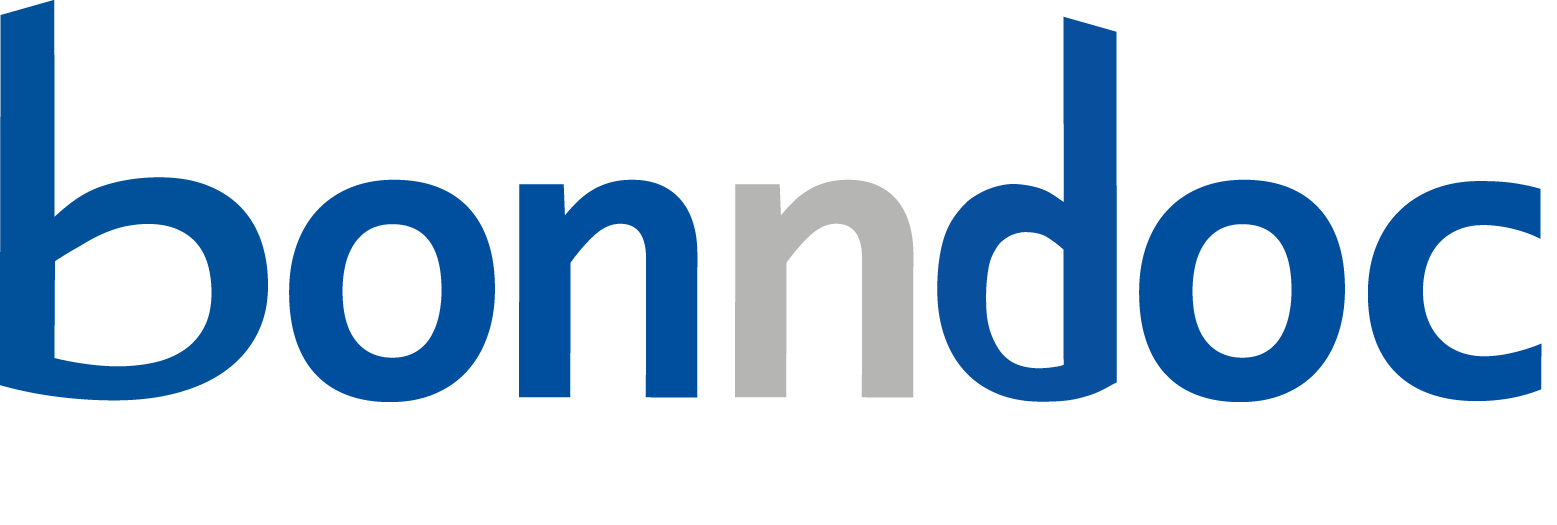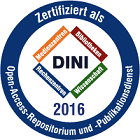Evaluating the accuracy of generative artificial intelligence models in dental age estimation based on the Demirjian's method

Evaluating the accuracy of generative artificial intelligence models in dental age estimation based on the Demirjian's method

| dc.contributor.author | Abuabara, Allan | |
| dc.contributor.author | Vilalba Paniagua Machado do Nascimento, Thais | |
| dc.contributor.author | Trentini, Seandra Maria | |
| dc.contributor.author | Costa Gonçalves, Angela Mairane | |
| dc.contributor.author | Hueb de Menezes, Maria Angélica | |
| dc.contributor.author | Madalena, Isabela Ribeiro | |
| dc.contributor.author | Beisel-Memmert, Svenja | |
| dc.contributor.author | Kirschneck, Christian | |
| dc.contributor.author | Azeredo Alves Antunes, Livia | |
| dc.contributor.author | Miranda de Araujo, Cristiano | |
| dc.contributor.author | Baratto-Filho, Flares | |
| dc.contributor.author | Calvano Küchler, Erika | |
| dc.date.accessioned | 2025-11-07T07:30:39Z | |
| dc.date.available | 2025-11-07T07:30:39Z | |
| dc.date.issued | 29.07.2025 | |
| dc.identifier.uri | https://hdl.handle.net/20.500.11811/13652 | |
| dc.description.abstract | Introduction: Dental age estimation plays a key role in forensic identification, clinical diagnosis, treatment planning, and prognosis in fields such as pediatric dentistry and orthodontics. Large language models (LLM) are increasingly being recognized for their potential applications in Dentistry. This study aimed to compare the performance of currently available generative artificial intelligence LLM technologies in estimating dental age using the Demirjian's scores. Methods: Panoramic radiographs were analyzed using Demirjian's method (1973), with each left permanent mandibular tooth classified from stage A to H. Untrained LLM, ChatGPT (GPT-4-turbo), Gemini 2.0 Flash, and DeepSeek-V3 were tasked with estimating dental age based on the patient's Demirjian score for each tooth. Due to the probabilistic nature of ChatGPT, Gemini, and DeepSeek, which can produce varying responses to the same question, three responses were collected per case per day (three different computers) from each model on three separate days. The age estimates obtained from LLM were compared to the individuals' chronological ages. Intra- and interexaminer reliability was assessed using the Intraclass Correlation Coefficient (ICC). Model performance was evaluated using Mean Absolute Error (MAE), Root Mean Squared Error (RMSE), Coefficient of Determination (R2), and Bias. Results: Thirty panoramic radiographs (40% female, 60% male; mean age 10.4 ± 2.32 years) were included. Both intra- and inter-examiner ICC values exceeded 0.85. ChatGPT and DeepSeek exhibited comparable but suboptimal performance, with higher errors (MAE: 1.98–2.05 years; RMSE: 2.33–2.35 years), negative R2 values (−0.069 to −0.049), and substantial overestimation biases (1.90–1.91 years), indicating poor model fit and systematic flaws. Gemini demonstrated intermediate results, with a moderate MAE (1.57 years) and RMSE (1.81 years), a positive R2 (0.367), and a lower bias (1.32 years). Discussion: This study demonstrated that, although LLM like ChatGPT, Gemini, and DeepSeek can estimate dental age using Demirjian's scores, their performance remains inferior to the traditional method. Among them, DeepSeek-V3 showed the best results, but all models require task-specific training and validation before clinical application. | en |
| dc.format.extent | 8 | |
| dc.language.iso | eng | |
| dc.rights | Namensnennung 4.0 International | |
| dc.rights.uri | http://creativecommons.org/licenses/by/4.0/ | |
| dc.subject | artificial intelligence | |
| dc.subject | generative artificial intelligence | |
| dc.subject | clinical decision-making | |
| dc.subject | large language models | |
| dc.subject | evidence-based dentistry | |
| dc.subject | age determination by teeth | |
| dc.subject.ddc | 610 Medizin, Gesundheit | |
| dc.title | Evaluating the accuracy of generative artificial intelligence models in dental age estimation based on the Demirjian's method | |
| dc.type | Wissenschaftlicher Artikel | |
| dc.publisher.name | Frontiers Media | |
| dc.publisher.location | Lausanne | |
| dc.rights.accessRights | openAccess | |
| dcterms.bibliographicCitation.volume | 2025, vol. 6 | |
| dcterms.bibliographicCitation.issue | 1634006 | |
| dcterms.bibliographicCitation.pagestart | 1 | |
| dcterms.bibliographicCitation.pageend | 8 | |
| dc.relation.doi | https://doi.org/10.3389/fdmed.2025.1634006 | |
| dcterms.bibliographicCitation.journaltitle | Frontiers in Dental medicine | |
| ulbbn.pubtype | Zweitveröffentlichung | |
| dc.version | publishedVersion | |
| ulbbn.sponsorship.oaUnifund | OA-Förderung Universität Bonn |
Dateien zu dieser Ressource
Das Dokument erscheint in:
-
Publikationen (4)




